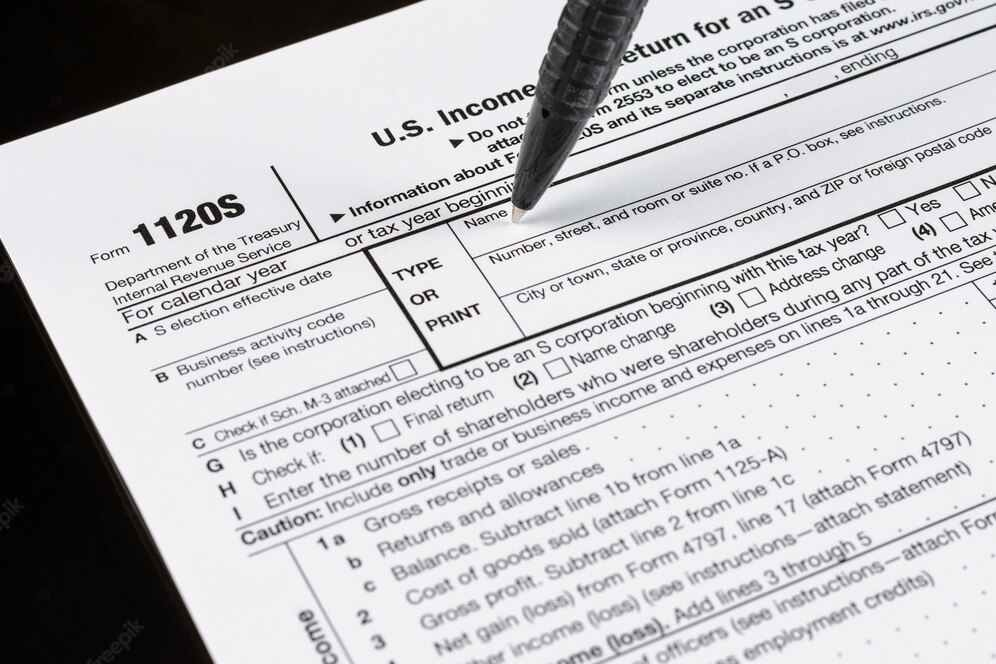General Definition
If you have ownership in an S corporation, it is important to have a general understanding of basis. This number called “basis” increases and decreases with the activity of the company. The IRS defines it as the amount of a shareholder’s investment in the business for tax purposes.
When the S corporation files a tax return (Form 1120S), all shareholders receive a K-1 form to show profits, losses and deductions allocated to the shareholder. The K-1 does not state the taxable amount of the distribution, which is contingent on the stock basis.
The main purpose of basis is to determine if distributions are taxable or losses are deductible. The basis for each shareholder is calculated annually and must be tracked from day one of ownership.
Importance of Basis
It is important to calculate the basis for the following reasons:
- If the shareholder receives a distribution and has basis to cover the amount, the withdrawal is not taxable to the shareholder.
- If the shareholder has a loss in the company and has basis to cover the amount, the losses will be allowed to be taken in that tax year.
- When the shareholder disposes of his/her stock, gain or loss on the disposition is calculated using the shareholder’s stock basis.
How Basis is Calculated
Think of basis like a checking account. The account goes up and down, but can never go negative. When there is a deposit of income, the basis goes up for all shareholders based upon percentage of ownership. When there is a payment of an expense, the basis goes down.
When a shareholder contributes money to the company, the basis goes up. When a shareholder withdraws money, the basis goes down.
Basis is also decreased by several activities like penalties the company had to pay, Section 179 deductions on assets or the non-deductible portion of meals and entertainment.
In year one, you start out with a zero basis. For the activity of the first year in business, you then have an ending basis. This ending basis in year one is your beginning basis number for year two. This continues as long as a person has ownership in a company.
Suspended Losses
Normally a shareholder that has basis in the company can reduce their other income (W-2 wages, interest, dividends, rental, etc.) on their personal tax return with the losses of the company. This is a really nice advantage of the S-corporation! However, if the shareholder does not have basis to go against that loss, the loss is suspended and disallowed for that tax year. The losses are carried over indefinitely until the shareholder has more basis.
Distributions
In general, if a shareholder withdraws money from the company outside of payroll, the distribution will only reduce the basis in the company. This is another benefit of an S-corporation! Regular corporations (C-corps) tax the shareholder for pulling out money, called dividends. You’ve probably heard the phrase, “double taxation on C-corps.” In an S-corporation, that does not happen if you have basis.
What happens if you don’t have basis and you pull money out? The amount that exceeds the basis will be taxed as a capital gain on the shareholder’s personal return. Here is an example:
Beginning Stock Basis = $25,000
Current year Loss = $-20,000
Ending Stock Basis = $5,000
Distributions = $10,000
Distribution Above Basis $5,000 = this is the amount the shareholder will be taxed at the capital gains rate.
Now do you see why tracking basis is important?
Reconstructing Basis
When you change tax preparers, a good sign that they are competent is if they ask for your basis schedules the first year they prepare your return. If they do not have the schedule, they will need to recreate it from year one. Reconstructing the basis is not very difficult as long as all the K-1’s and records are available for every year in business.
Two Types of Bases
There are two types of bases numbers that need to be tracked: stock basis and debt basis. Most of what you read above applies to stock basis.
Debt basis is a tad more complicated. For a shareholder to receive debt basis, the shareholder must make a direct loan to the corporation. The shareholder bears some risk in loaning the company money. You’ll want to formalize the loan with a promissory note and collect interest on the loan. Repayments of the loan are calculated against the debt basis. If the shareholder’s stock basis is zero, then losses are still allowed if there is debt basis. If the debt is repaid before the stock basis is restored, then all or part of the repayment of the loan may be taxable.
The End in Mind
Understanding and keeping track of basis is a good recordkeeping habit and will help you avoid surprises come tax time.

